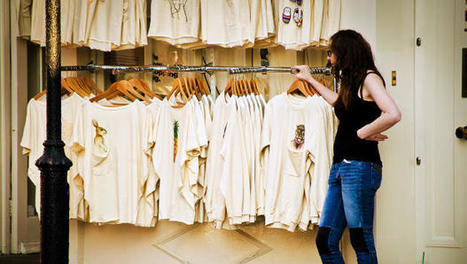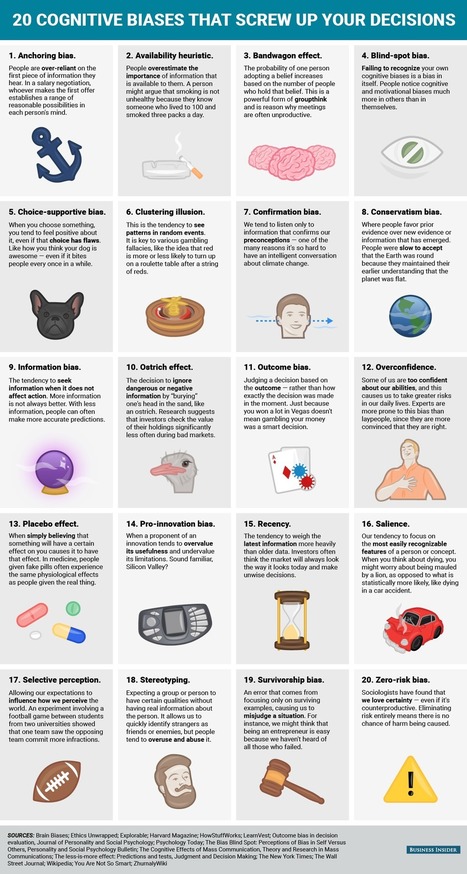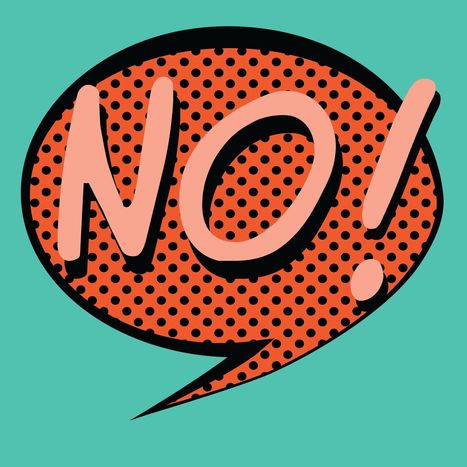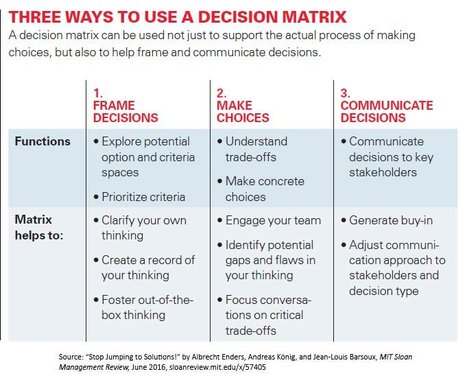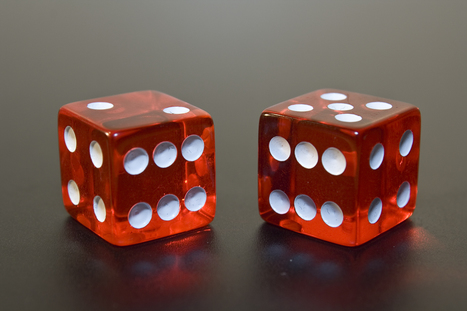"Why FIRST: Communication and the Golden Circle: Why, How, What? Inspire where others do not. Profit is JUST a result NOT a reason for existing."
Simon's examples include Apple (why so innovative?), Martin Luther King (lead major change, Civil Rights movement), and the Wright brothers (controlled powered manned flight that others did not achieve, tho' were working on.)
_________________________
"The goal is to do business with people who believe what YOU believe." ~ Simon Sinek
_________________________
Apple: NOT, What we do, great computers. Want to buy one?
RATHER: Everything we do, we believe in challenging the status quo, we believe thinking differently. The way we challenge the status quo is making products that are beautifully designed, simple to use & user friendly. We happen to make computers. Want to buy one?
Counterpoint Tivo, which (until a recent court victory that tripled its stock price) appeared to be struggling.
http://www.ted.com Simon Sinek presents a simple but powerful model for how leaders inspire action, starting with a golden circle and the question "Why?"
Source here.
Via
Deb Nystrom, REVELN,
janlgordon



 Your new post is loading...
Your new post is loading...



